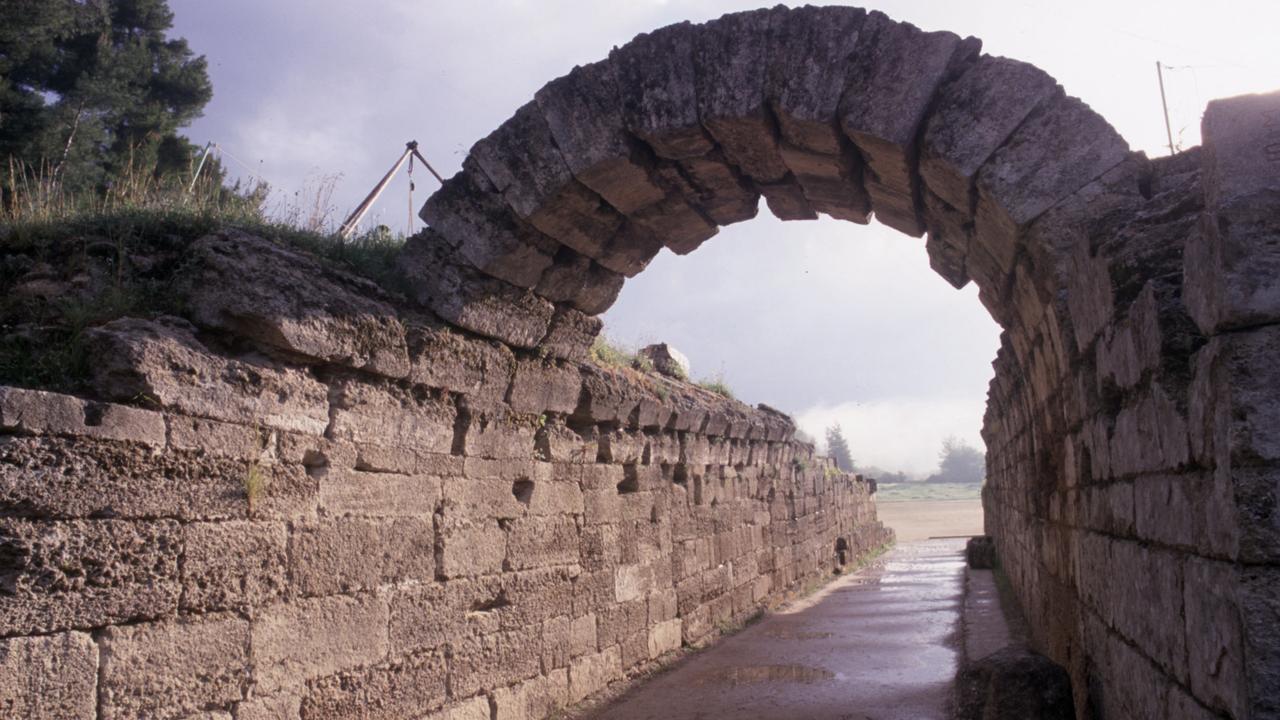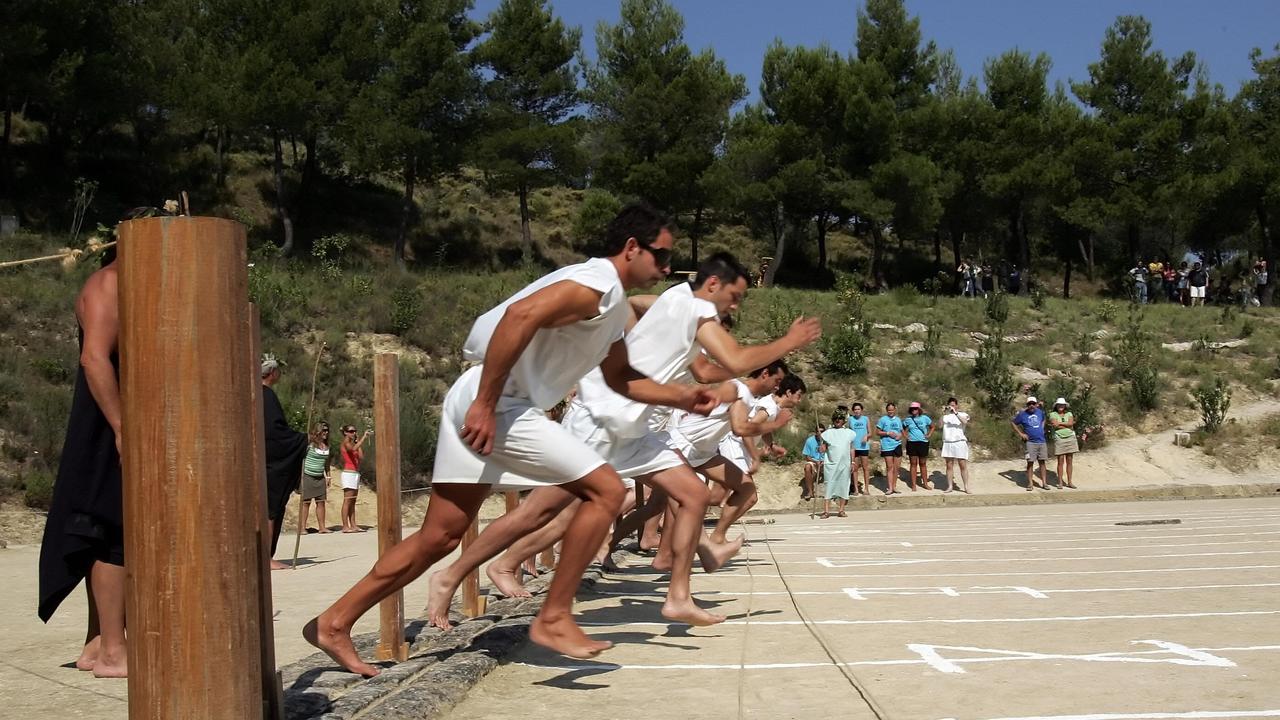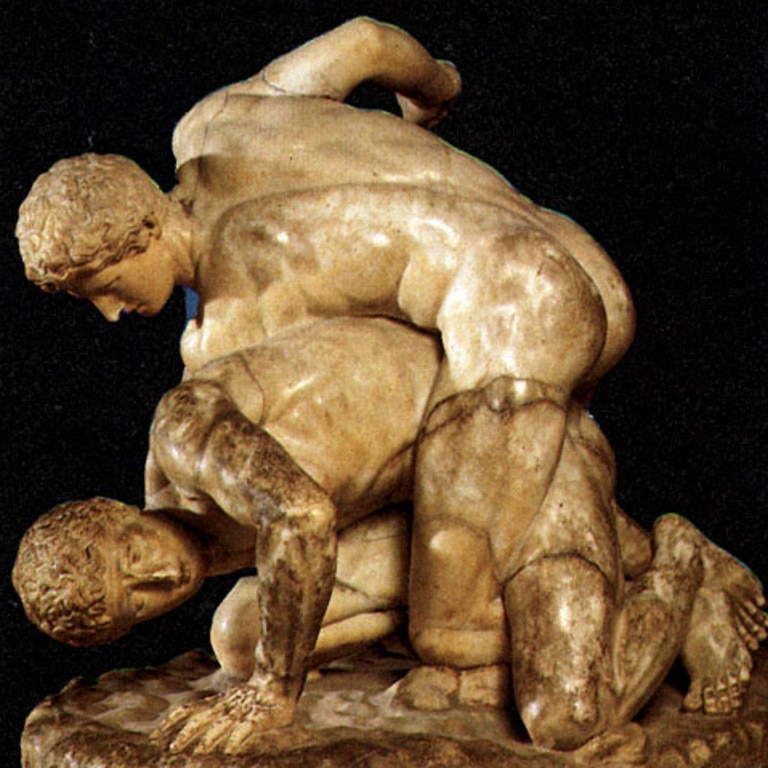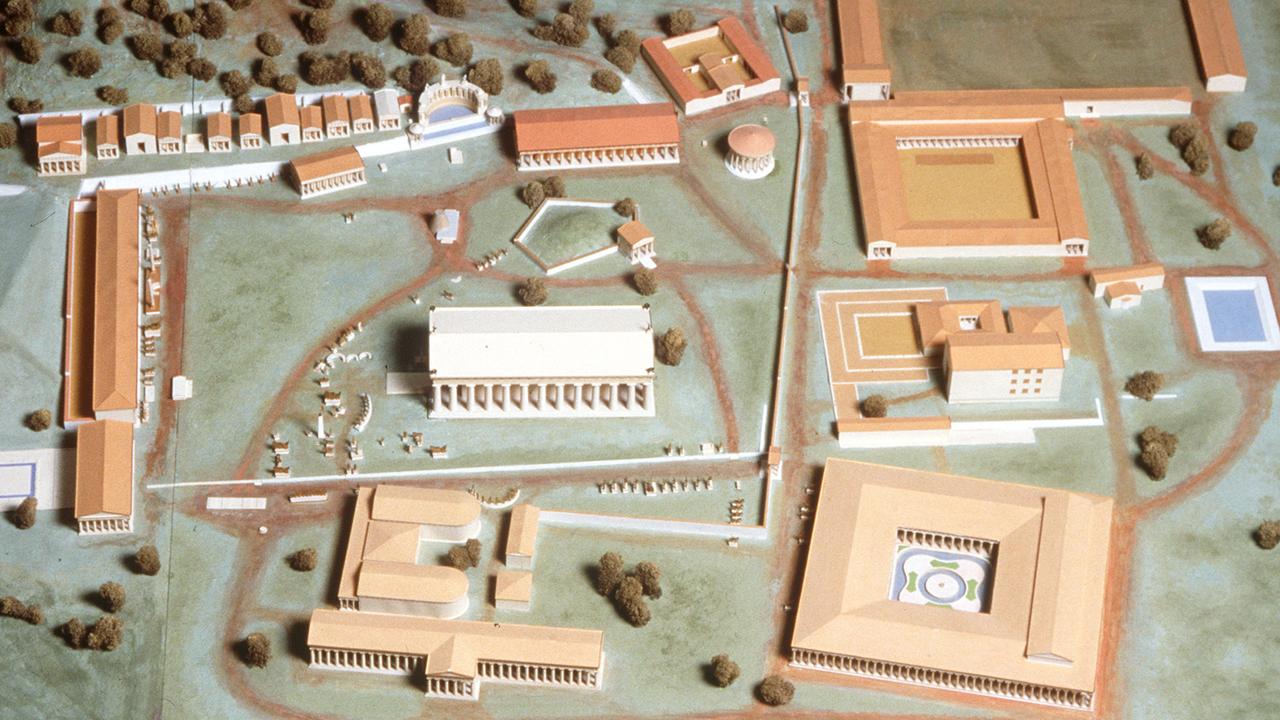Paris Olympics Part 1: Ancient Games sparked the Olympic tradition
Part 1: The modern Olympic Games have been around for 125 years, but you have to look back much further than that to understand how the Olympic tradition began

READING LEVEL: GREEN
The modern Olympic Games have been around for 125 years, but you have to look back much further than that to understand how the Olympic tradition began.
The Olympic Games date back at least 2800 years to the Olympia region of Ancient Greece, which is where the name “Olympics” comes from.
Sports competitions and cultural events were held at Olympia, a sacred* site in western Greece, every four years. This four-year period became known as an Olympiad.
While it is not known exactly when the Games began, the first written description of them is from 776BC. They were held at Olympia until at least 393AD – almost 1200 years.
The Games at Olympia led to Games at three other locations – Delphi, the Isthmus of Corinth and Nemea – which together were known as the Panhellenic Games.

WHY WERE THE GAMES HELD?
The Games brought the people of Ancient Greece together to compete in and cheer on sporting events, at a time when Greece was a series of separate communities that did not always get along with each other or neighbouring countries.
But it was also a religious festival, run to honour Greek gods.
Zeus, the king of gods, was honoured at the Games at Olympia, which were considered the most important of the Panhellenic Games.
Zeus is said to have lived in Olympia around 1200BC, and so the site, which featured an altar* to Zeus, was hugely sacred to the Ancient Greeks.
All the sporting action took place within the sanctuary* of Olympia for the first 250-plus years, with a sacred olive tree of Zeus marking the finish line for all races.
WHO COMPETED AT THE GAMES?
The Games were open to all free Greek males, from farm workers to royalty, but most competitors were soldiers. All competed naked.
The winners received victory wreaths, cut from the olive tree of Zeus. Unlike the modern Games, which reward first, second and third placegetters, there was only one winner at the ancient Games.
Women, along with slaves and foreigners, were not allowed to compete. Women were also banned from attending as spectators.

WHAT EVENTS WERE HELD?
The ancient Games started off as a one-day event but were extended to three days from 684BC. By the fifth century BC, the Games lasted five days and included running, jumping and throwing events, along with chariot racing, boxing, wrestling and pankration, which was a brutal combination of wrestling and boxing with almost no rules.

FUN FACTS:
- There was no weight division, no scoring system and no time limit in boxing. However, competitors were advised not to target the on-display genitals of their opponent.
- The chariot owners were crowned champion in the chariot races, rather than the drivers who received a woollen band to tie around their head.
- Chariot racing was also the only way for women to be indirectly involved in the ancient Games, as they could own a chariot.
- No biting and no gouging* were the only two rules in pankration.
- Pankration and wrestling competitors fought covered in oil.
- Competitors in the combat* sports had to indicate their surrender by raising their index fingers. Some died before they could do this!
- Athletes who were guilty of a false start on the track faced physical punishment.
- Flute music was played during the long jump.

WHAT ABOUT THE SPECTATORS?
While the first stadium was pretty simple, making use of the slopes of the surrounding hills, the discovery of 150 wells from this time shows that even these early Games attracted large crowds of spectators.
Four later versions of the stadium increased the capacity and comfort for crowds. At least 40,000 spectators would have packed the stadium each day at the height of the ancient Games’ popularity.

GLOSSARY
- sacred: very special, with a connection to god
- altar: a platform where a god is worshipped, including by offering of sacrifices
- sanctuary: a holy or sacred place
- gouging: pushing or cutting into something, especially using fingers
- combat: fighting
EXTRA READING
Part 2: The Modern Games
Part 3: Olympic Values
Part 4: The Olympic Torch and Flame
QUICK QUIZ
- What region of Ancient Greece were the Olympic Games first held?
- What was the four-year period between Games known as?
- What were the winners awarded with?
- Name three events that were included in the ancient Olympics.
- What did the athletes wear when they competed?
LISTEN TO THIS STORY
CLASSROOM ACTIVITIES
Refer to the accompanying Paris Olympics Education Kit classroom workbook with 35 activities. It’s FREE when teachers subscribe to the Kids News newsletter.

